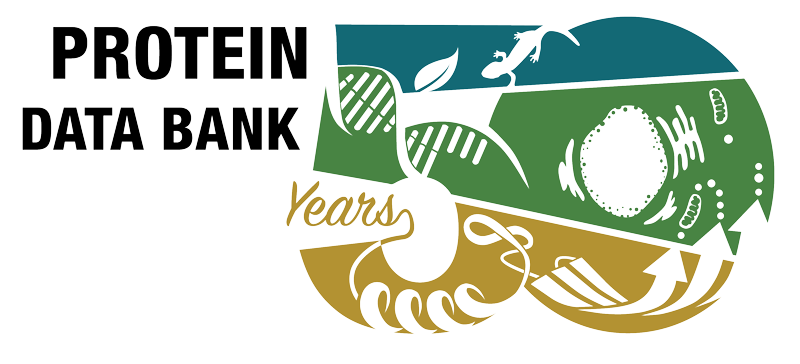Abstract
Glycoprotein D (gD) of herpes simplex virus (HSV) binds to a host cell surface receptor, which is required to trigger membrane fusion for virion entry into the host cell. gD has become a validated anti-HSV target for therapeutic antibody development. The highly inhibitory human monoclonal antibody E317 (mAb E317) was previously raised against HSV gD for viral neutralization. To understand the structural basis of antibody neutralization, crystals of the gD ectodomain bound to the E317 Fab domain were obtained. The structure of the complex reveals that E317 interacts with gD mainly through the heavy chain, which covers a large area for epitope recognition on gD, with a flexible N-terminal and C-terminal conformation. The epitope core structure maps to the external surface of gD, corresponding to the binding sites of two receptors, herpesvirus entry mediator (HVEM) and nectin-1, which mediate HSV infection. E317 directly recognizes the gD-nectin-1 interface and occludes the HVEM contact site of gD to block its binding to either receptor. The binding of E317 to gD also prohibits the formation of the N-terminal hairpin of gD for HVEM recognition. The major E317-binding site on gD overlaps with either the nectin-1-binding residues or the neutralizing antigenic sites identified thus far (Tyr38, Asp215, Arg222 and Phe223). The epitopes of gD for E317 binding are highly conserved between two types of human herpesvirus (HSV-1 and HSV-2). This study enables the virus-neutralizing epitopes to be correlated with the receptor-binding regions. The results further strengthen the previously demonstrated therapeutic and diagnostic potential of the E317 antibody.







 PMID:
PMID: 